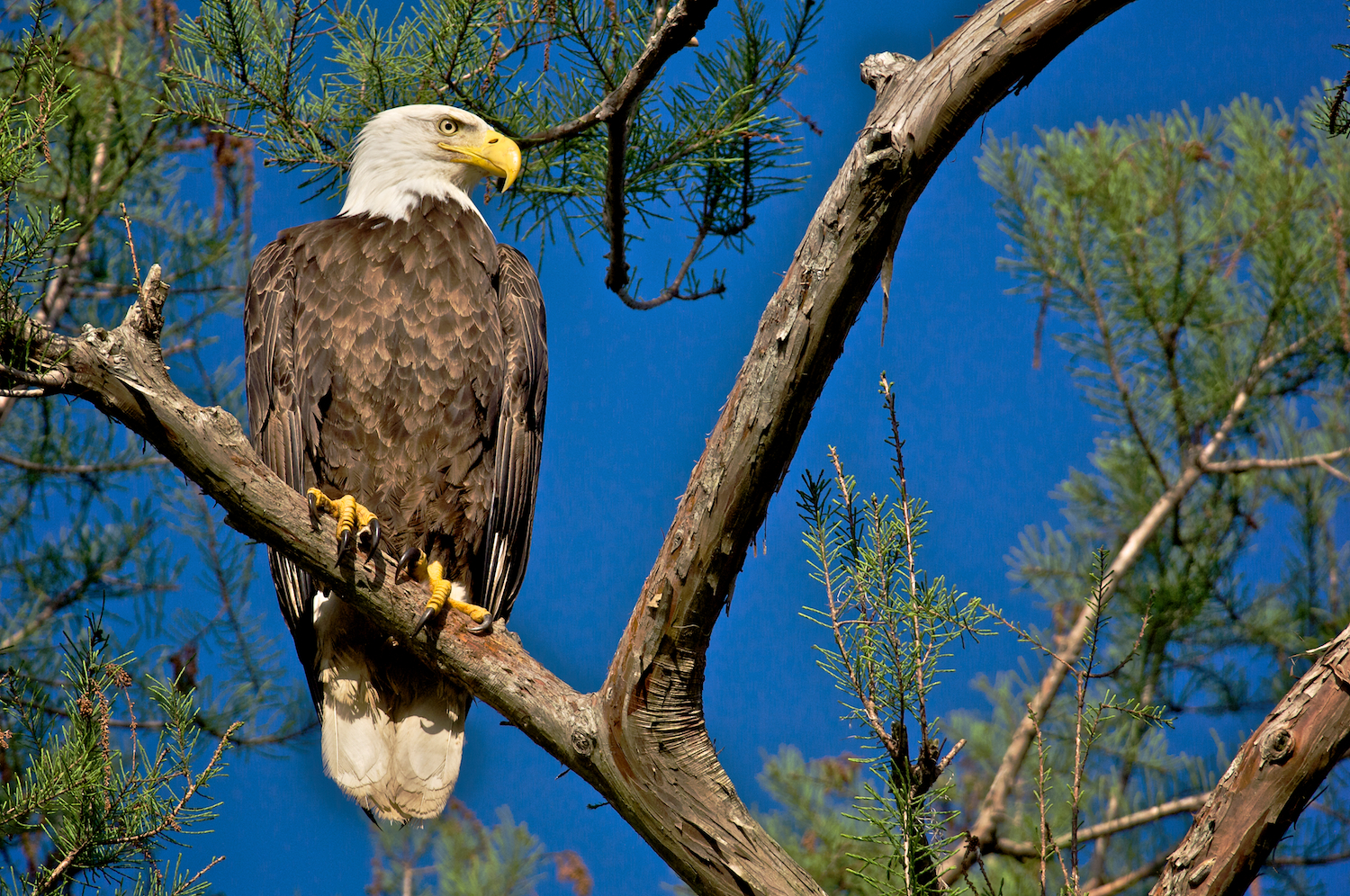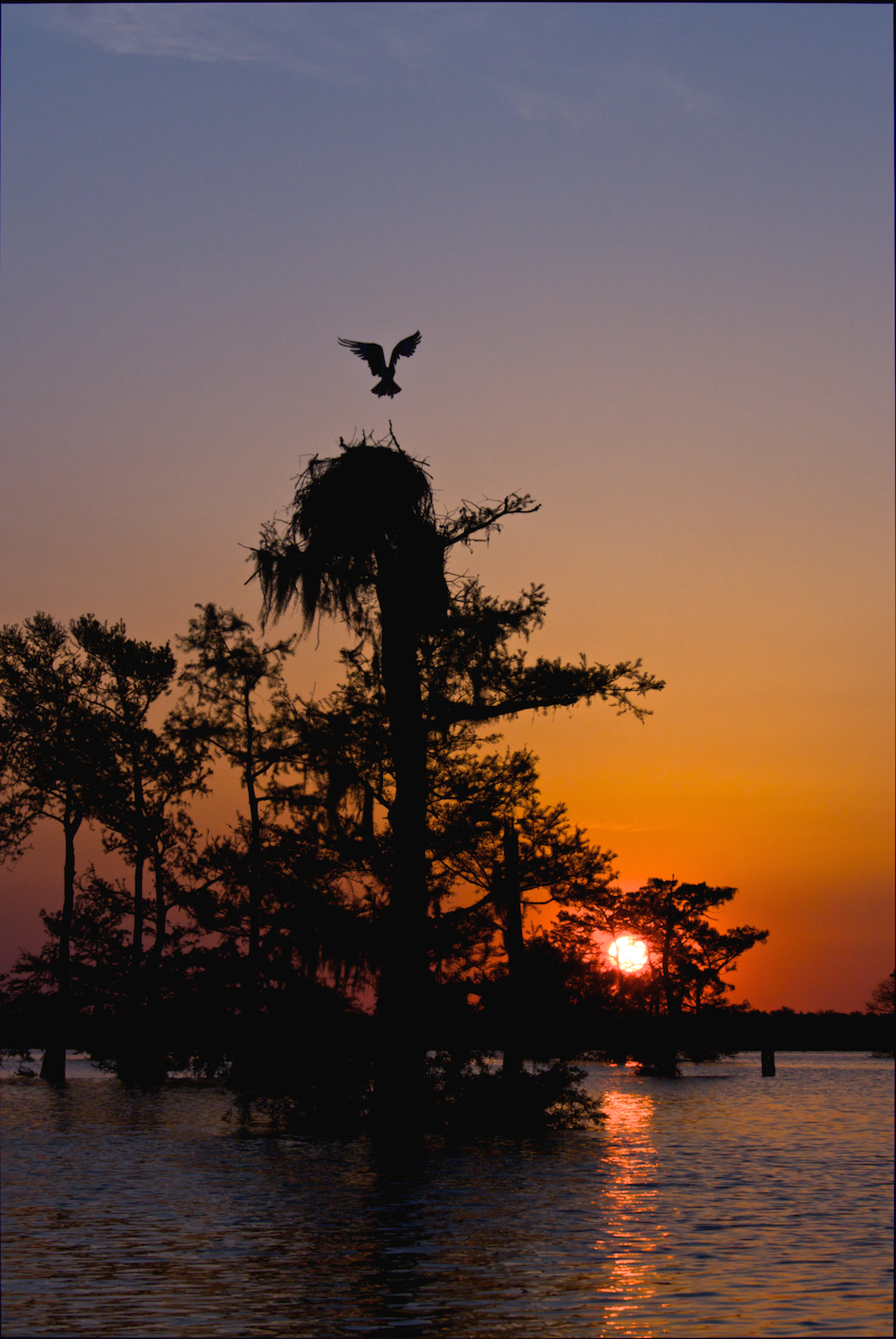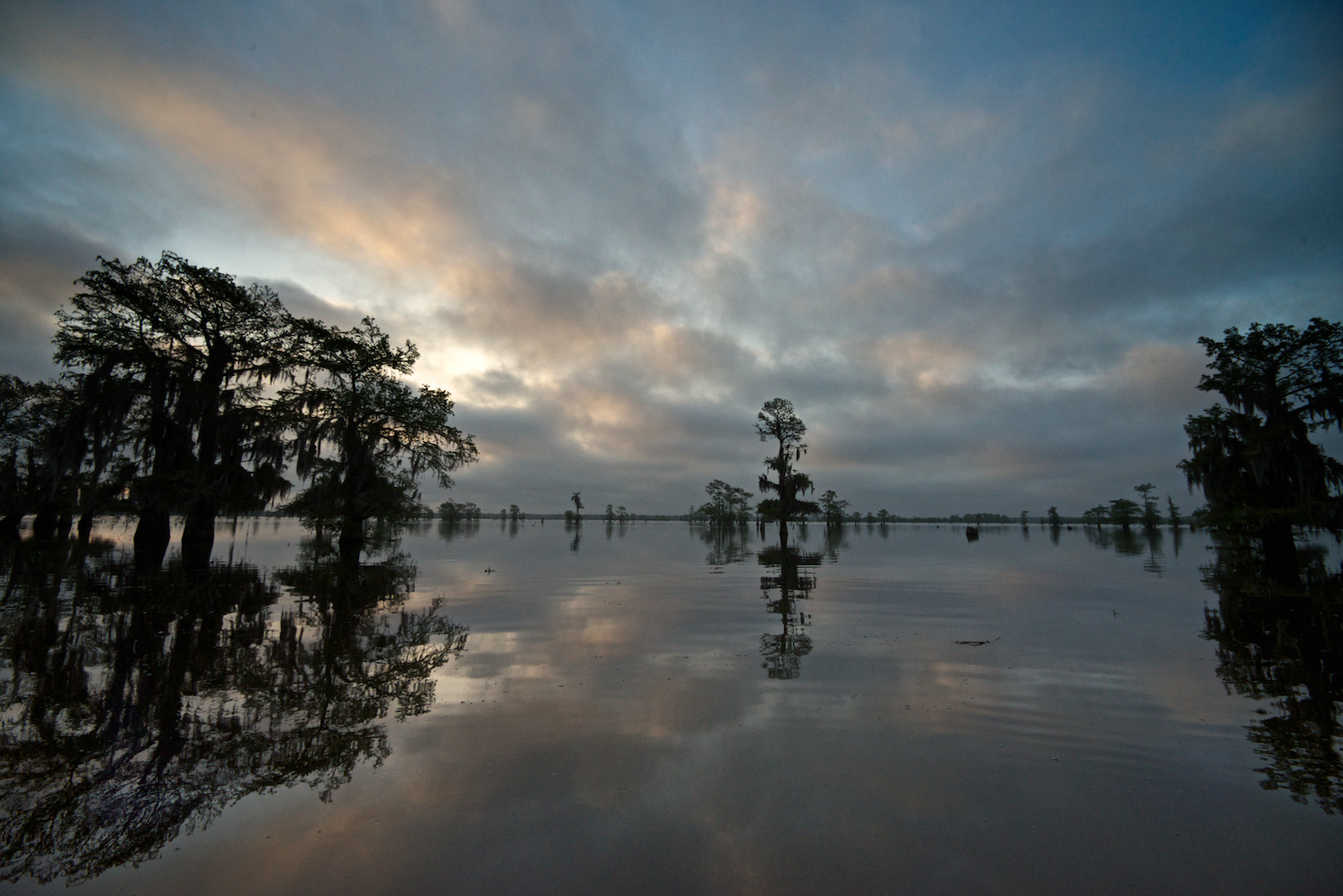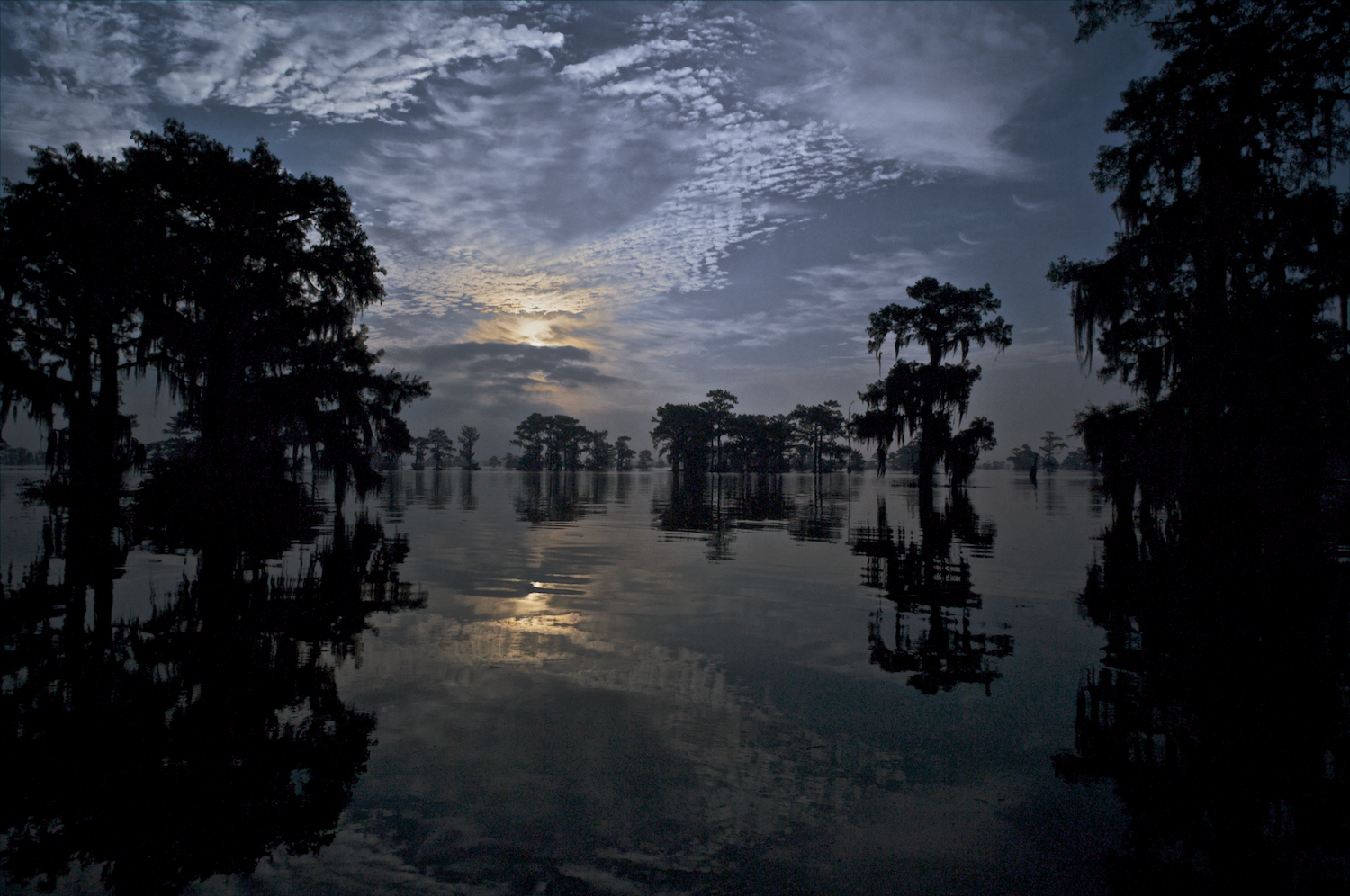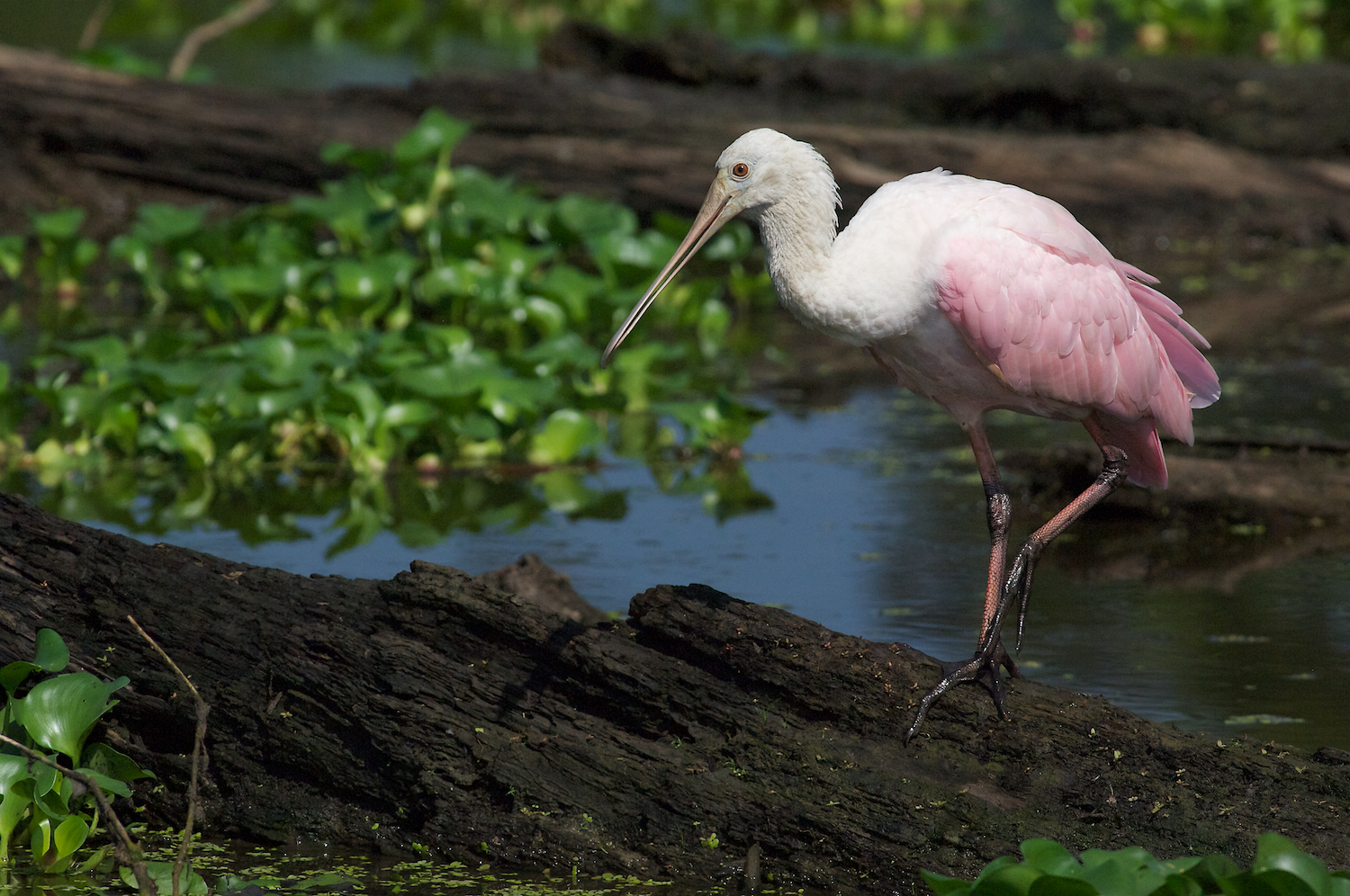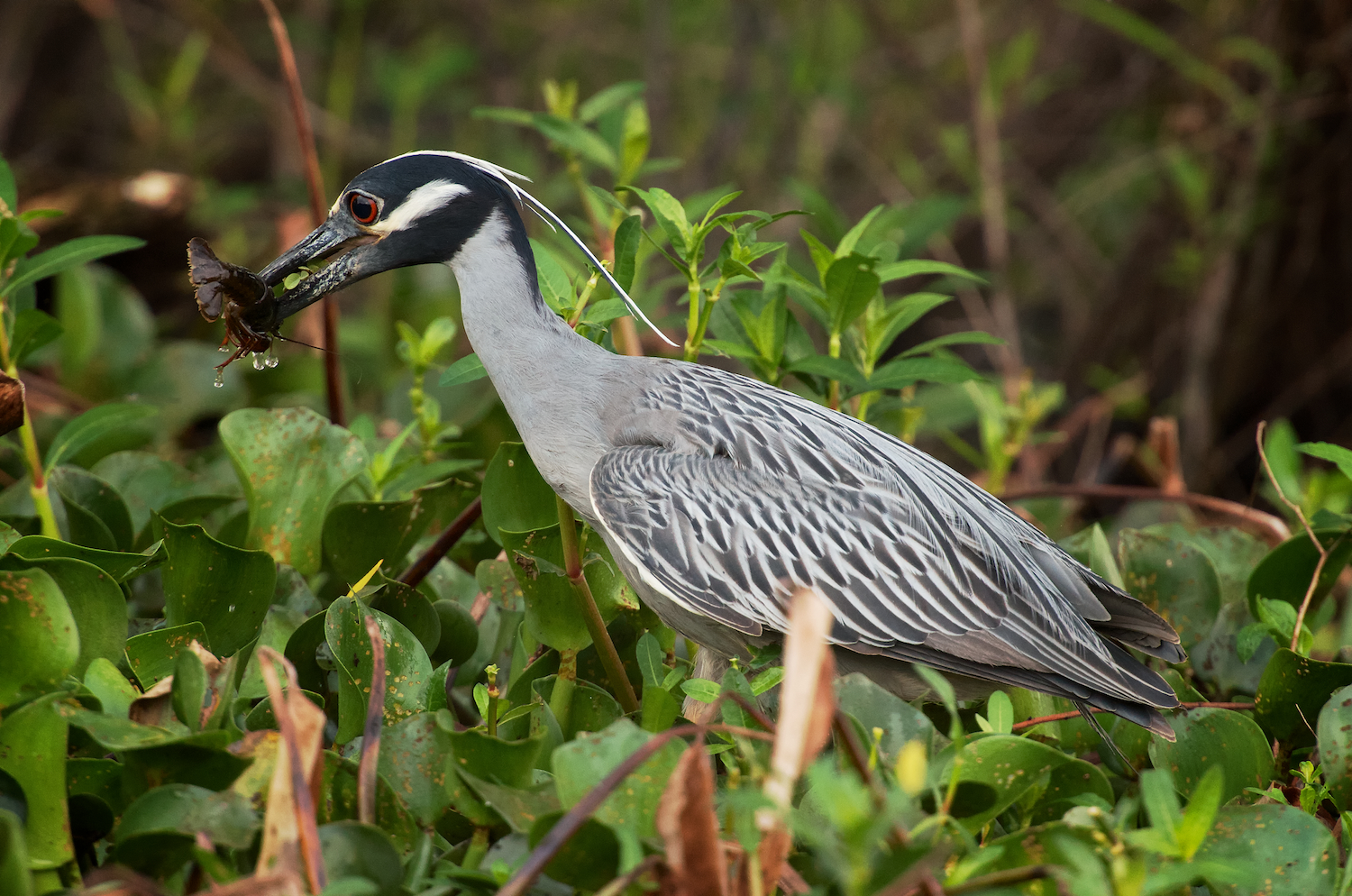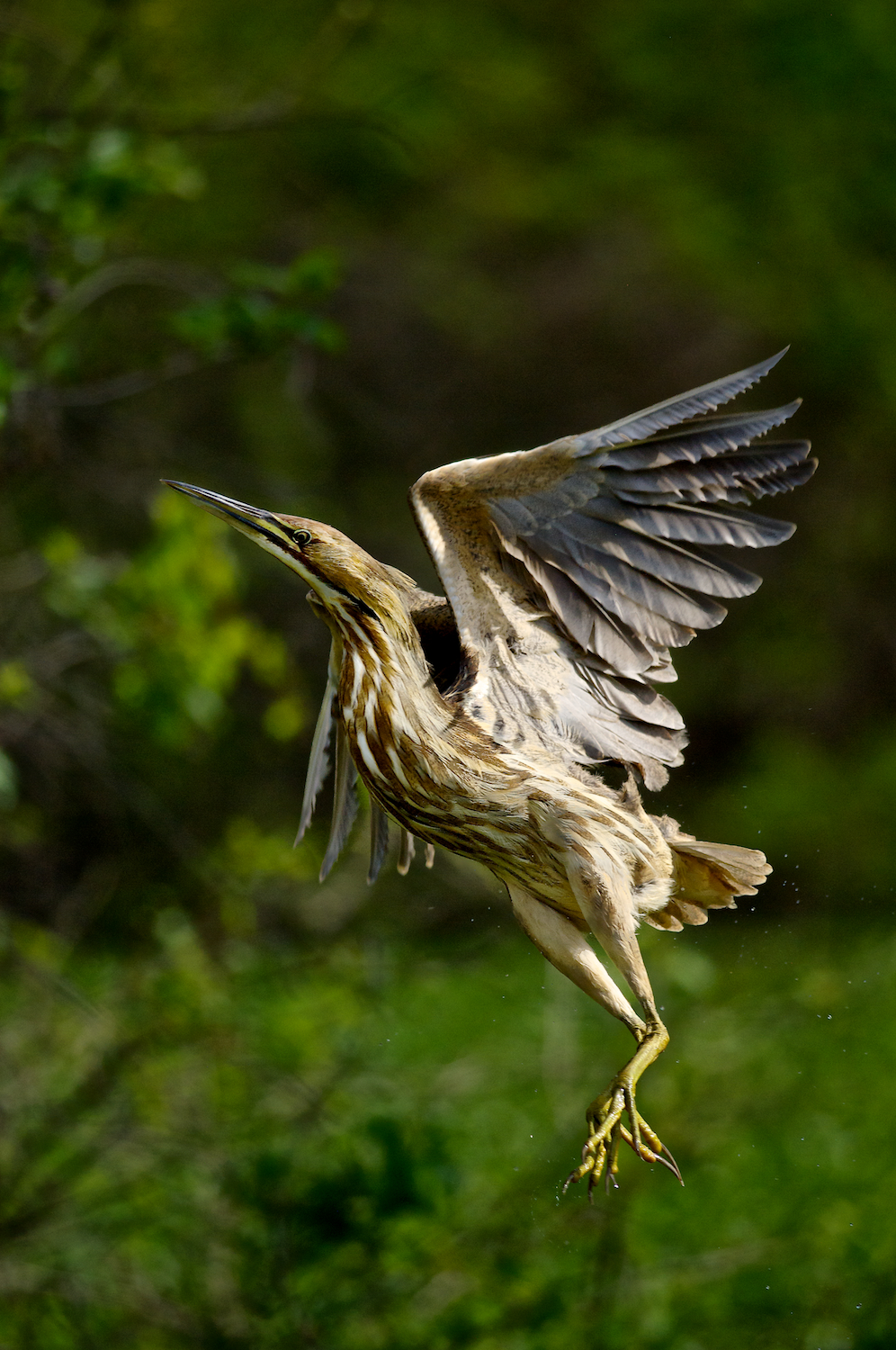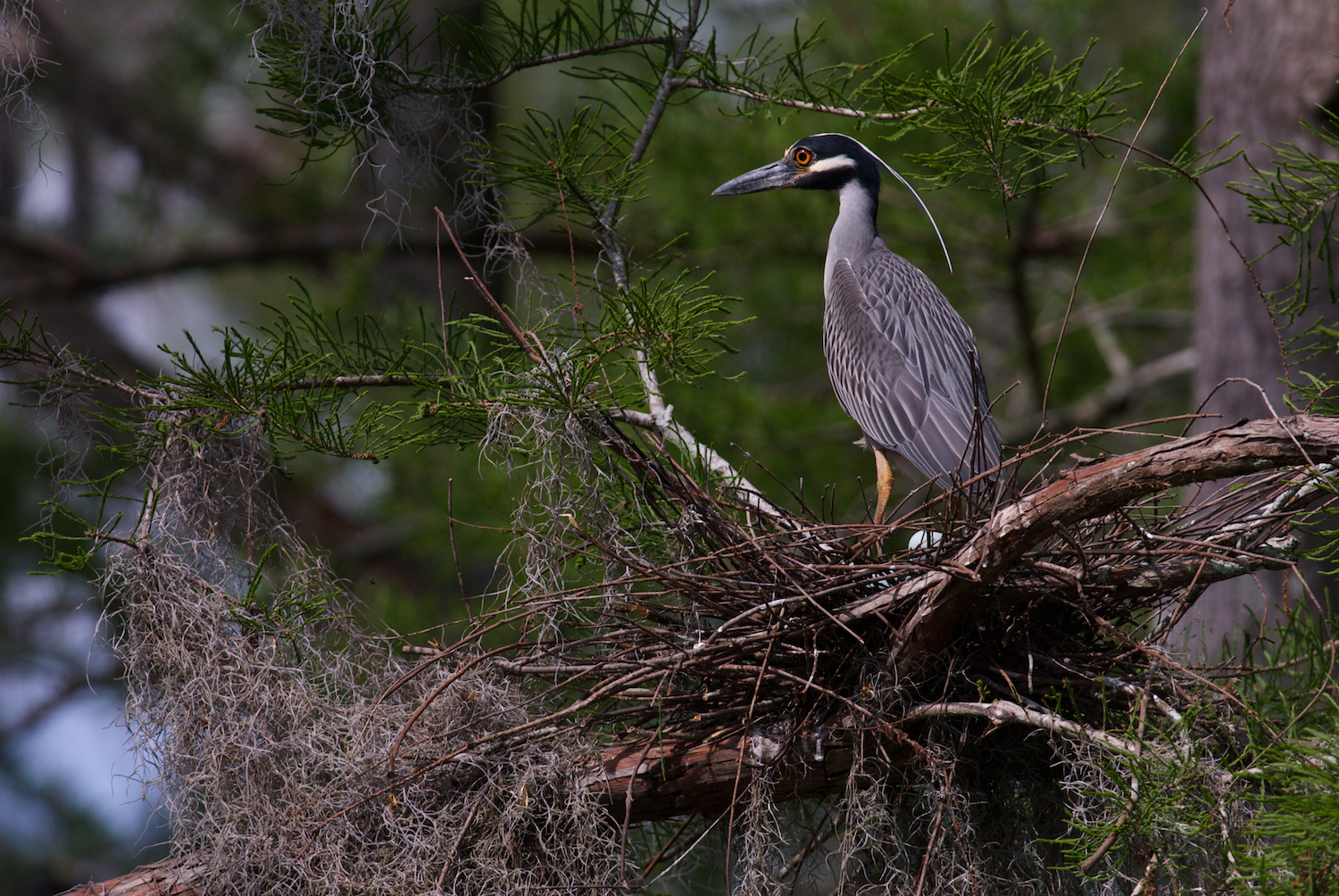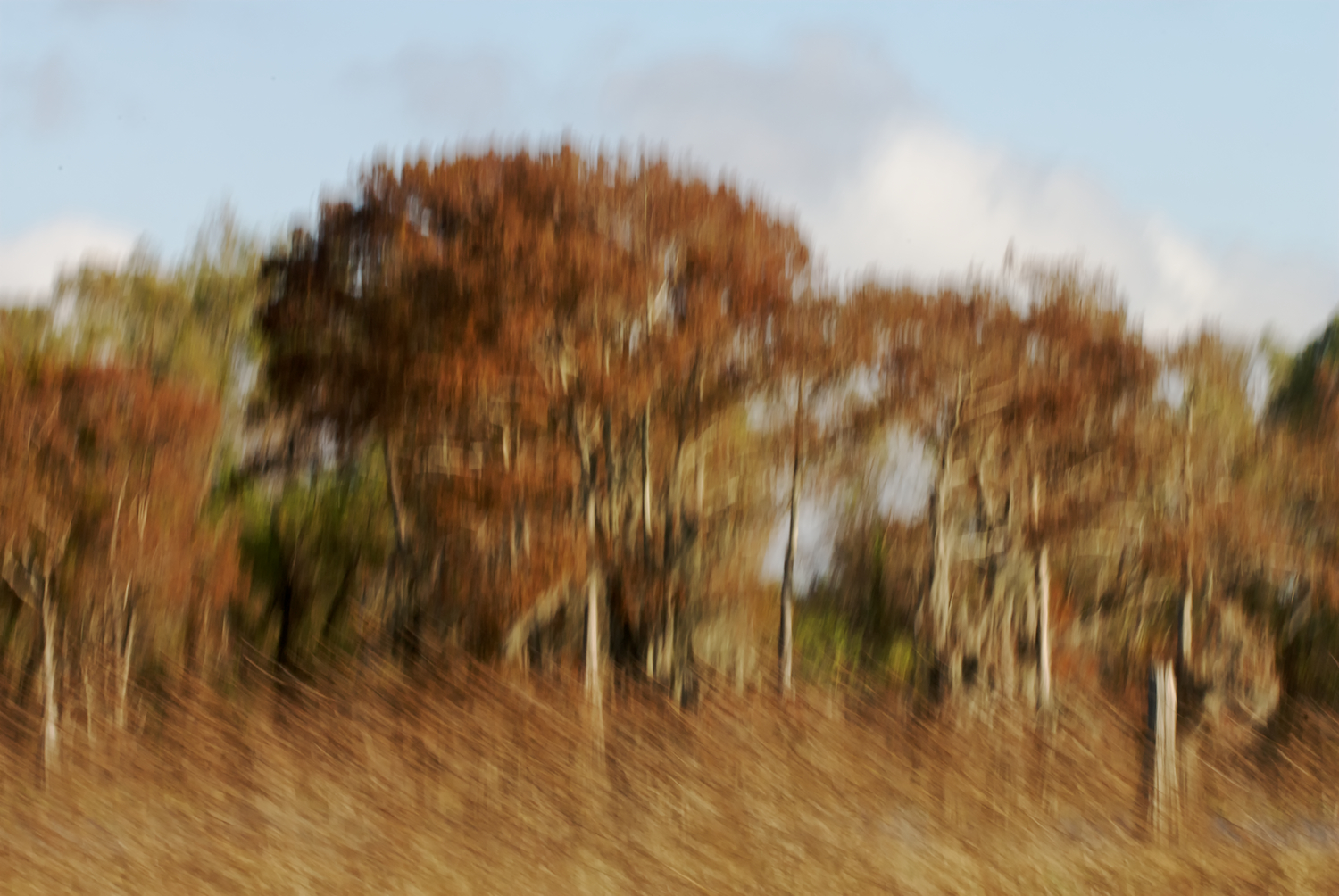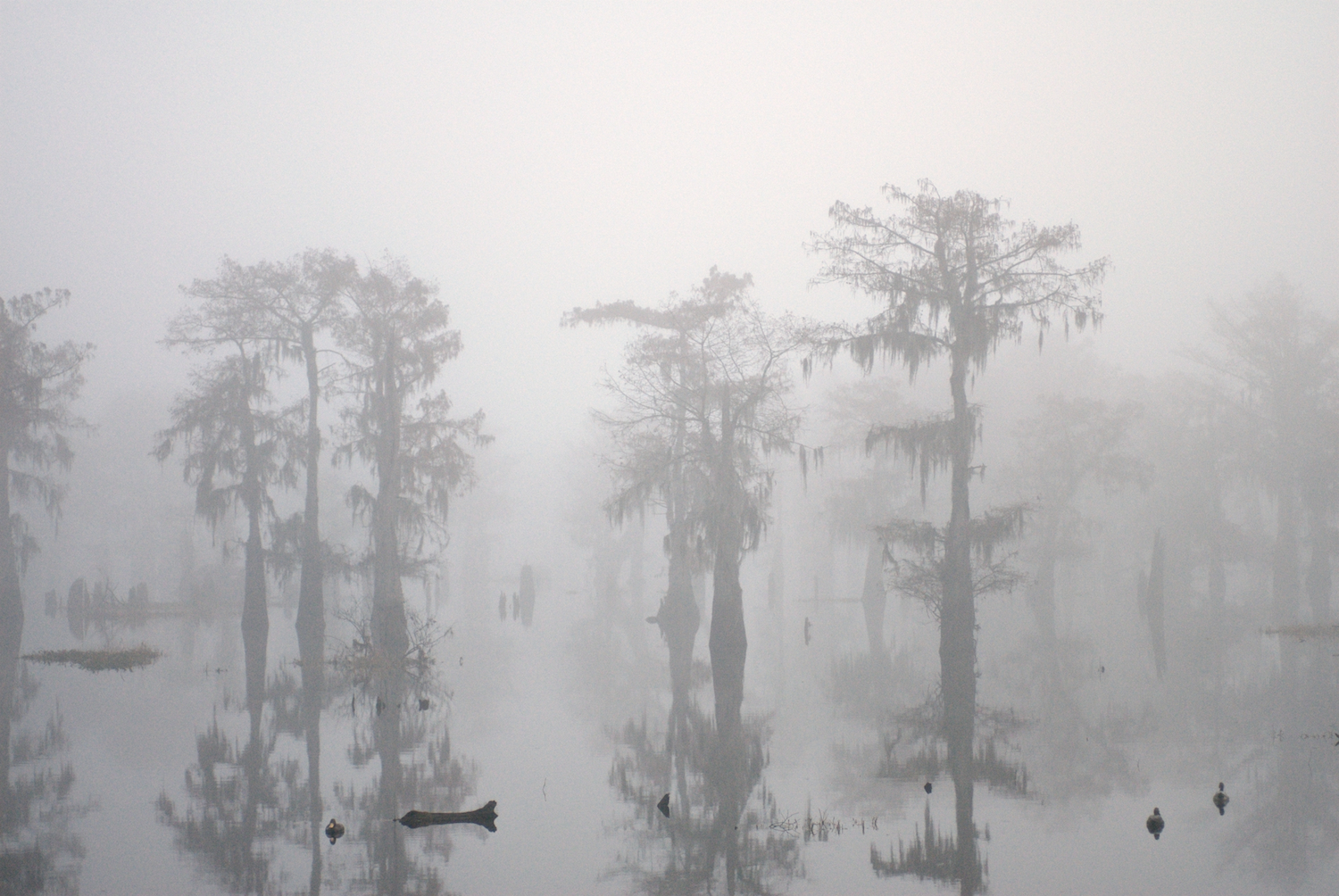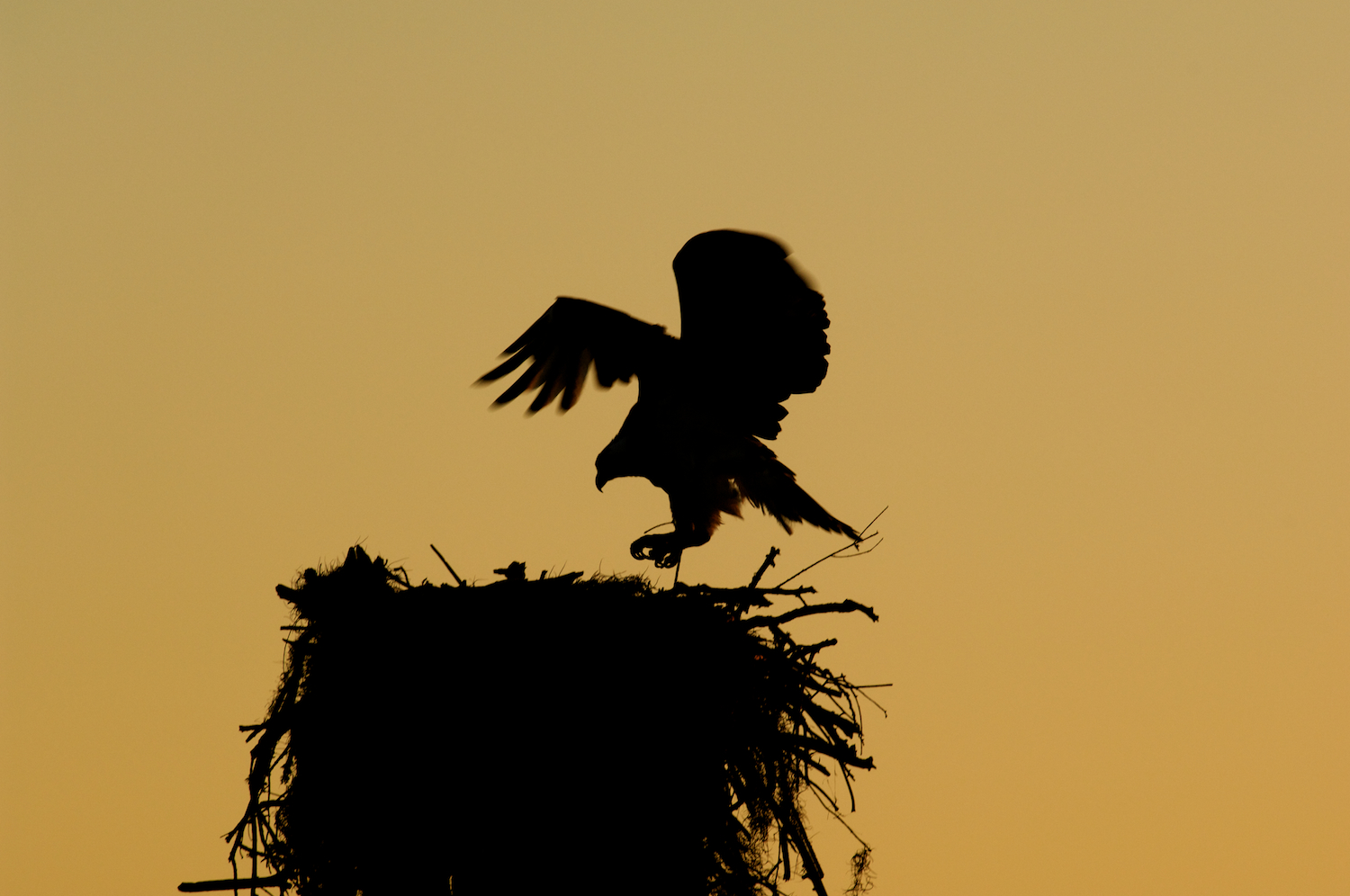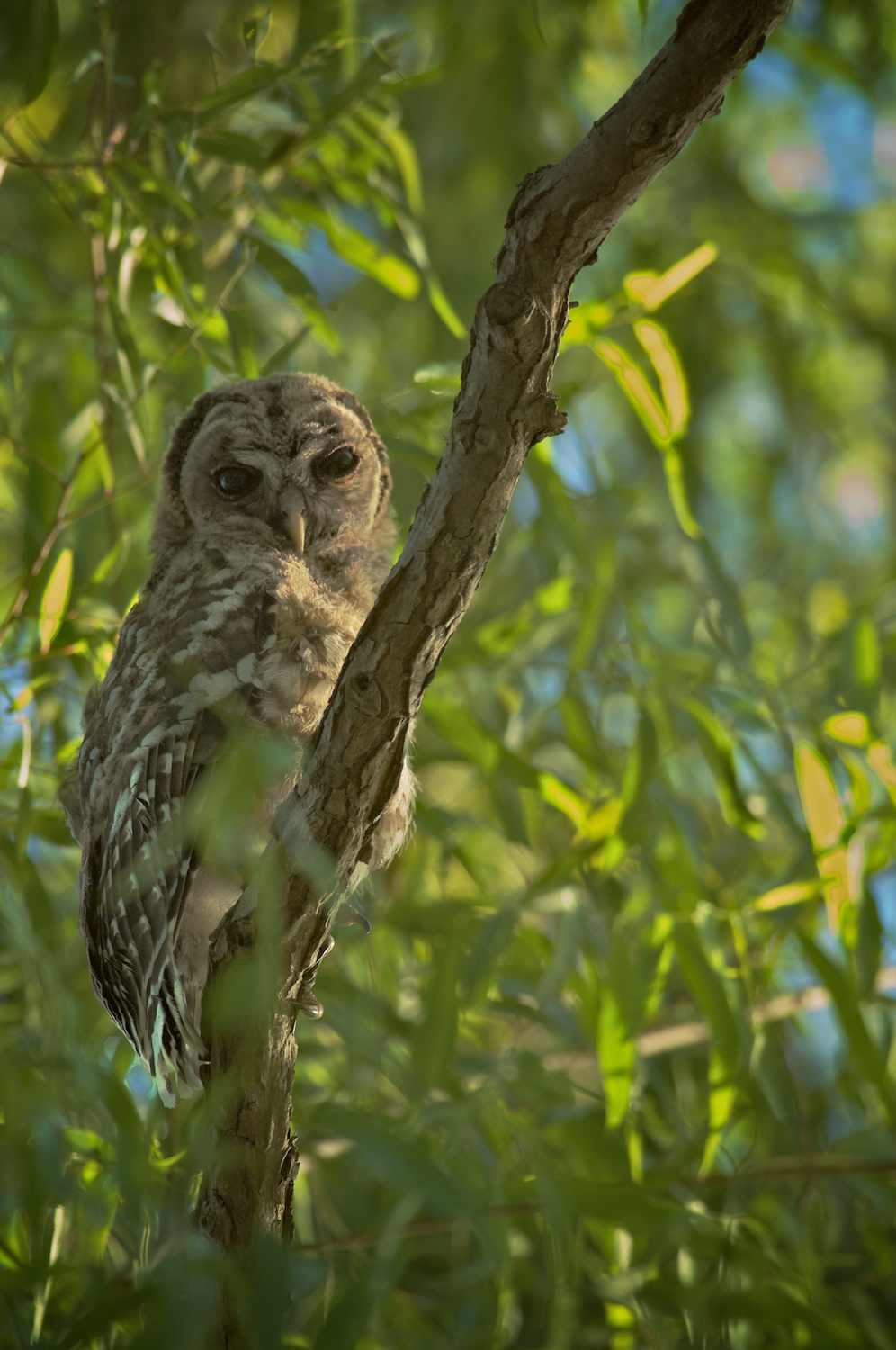Lake Martin - Status of a Favorite Photo Location
An update on photography at Lake Martin. While the birds are not yet back near the road and many of the price landscape locations are now blocked, Lake Martin is still worth a visit if you're in the area.
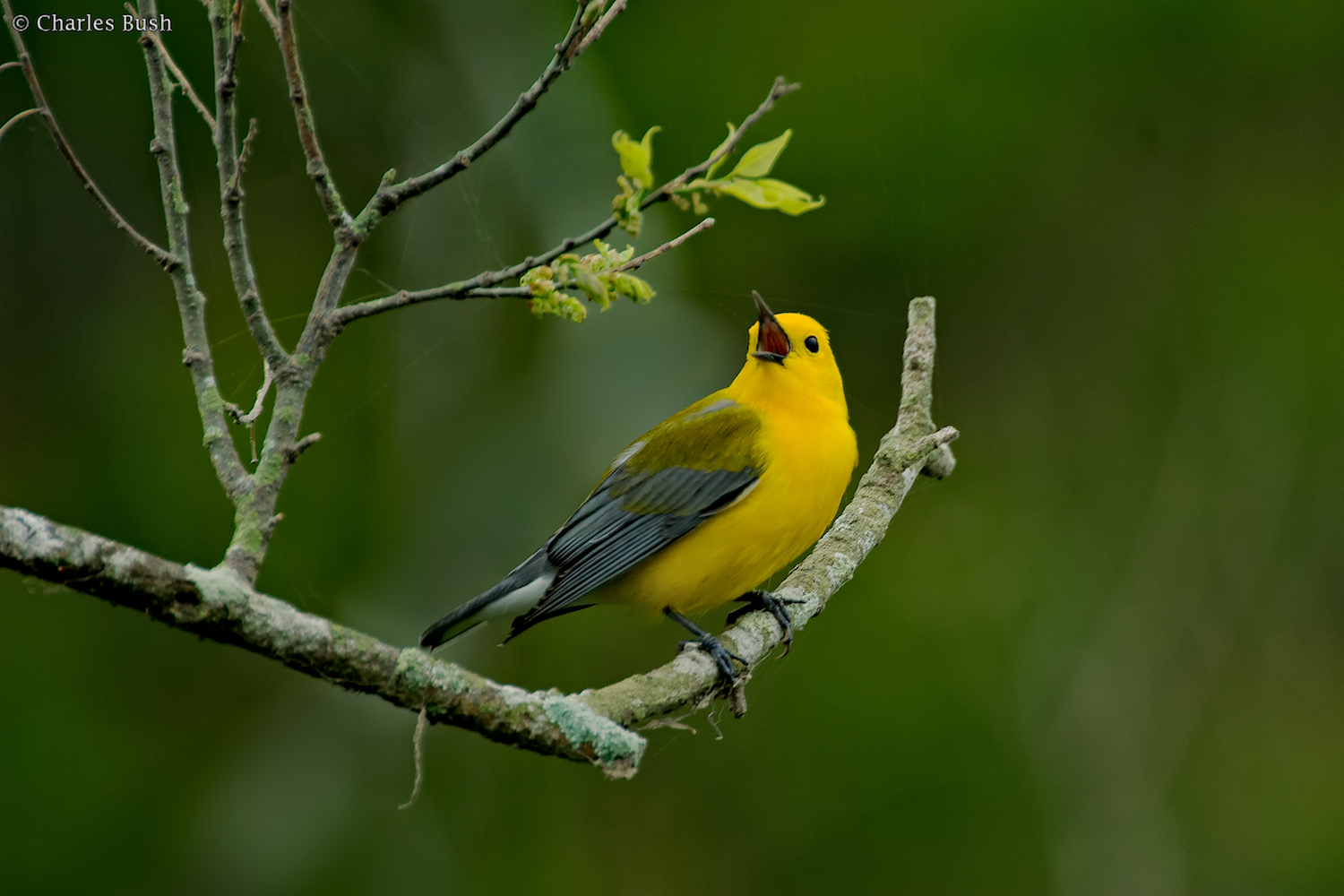
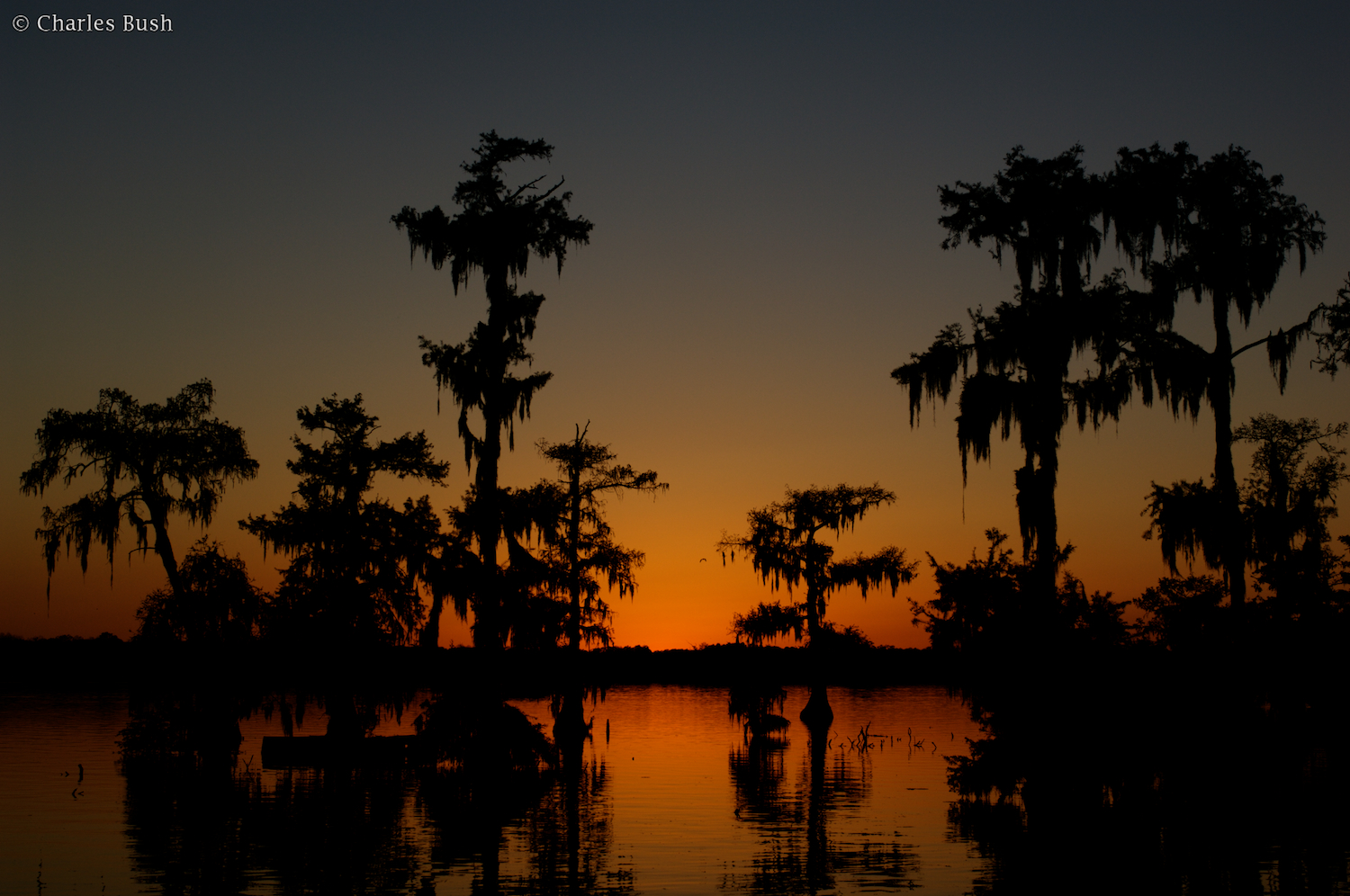
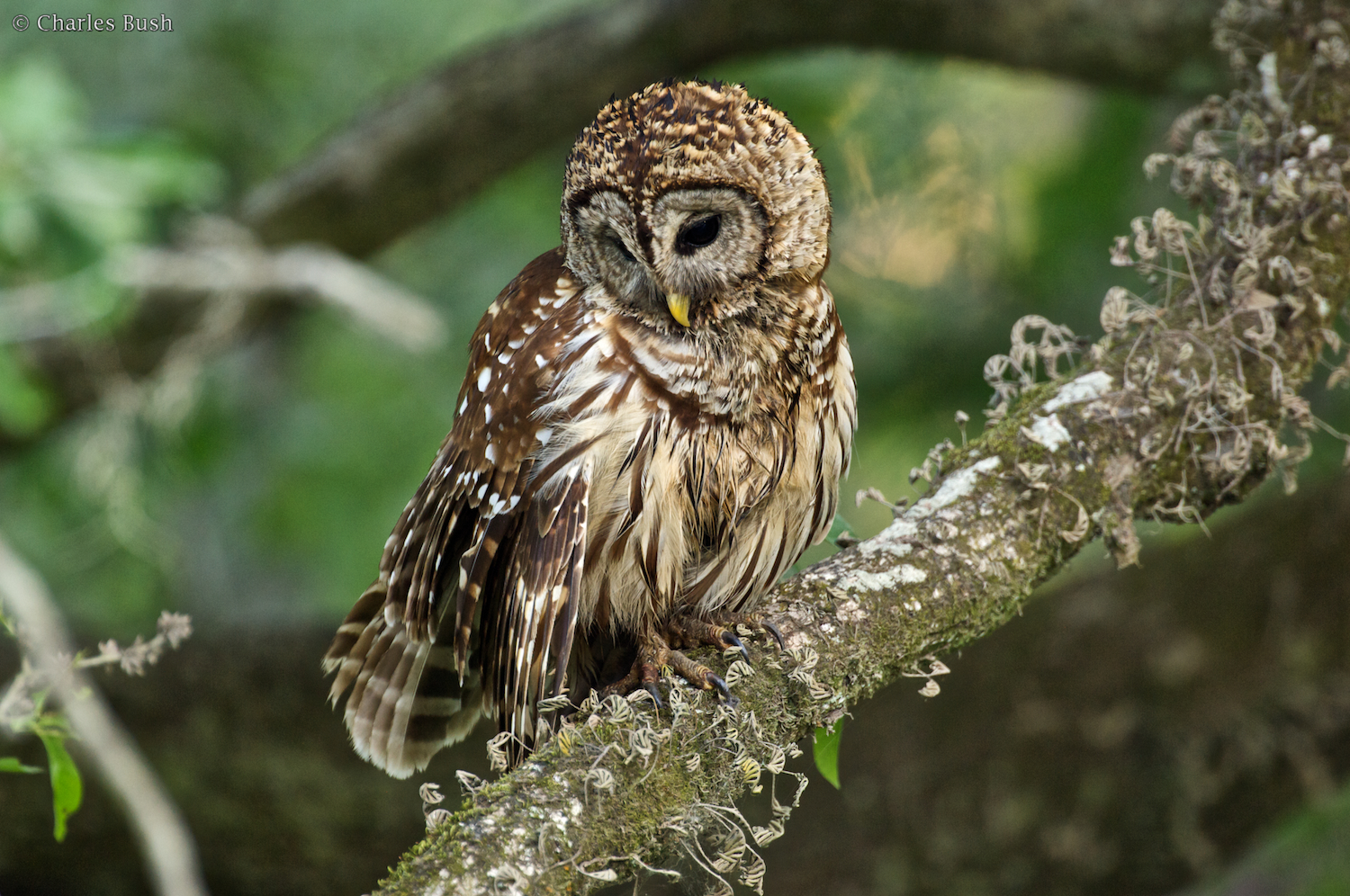
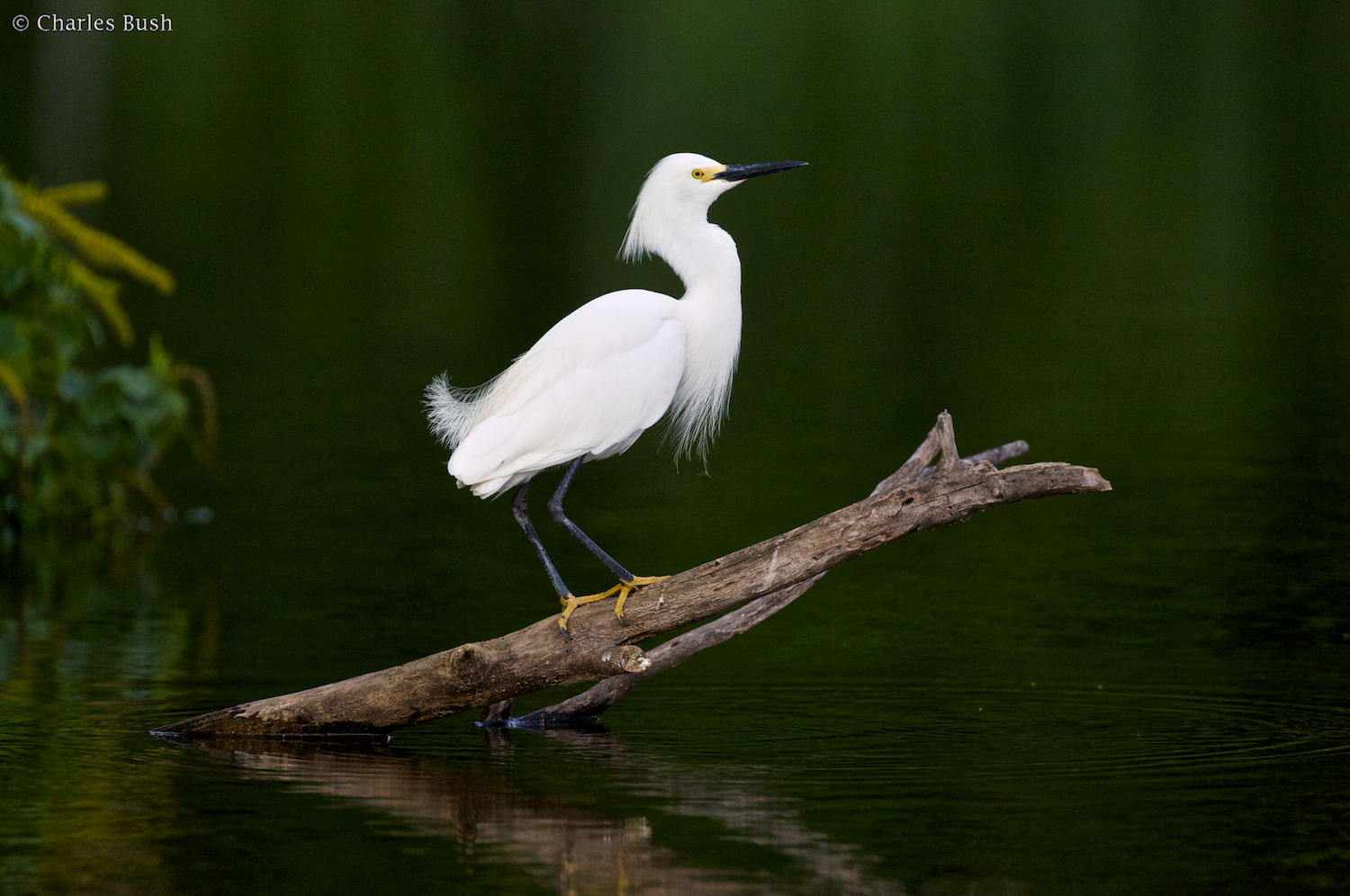
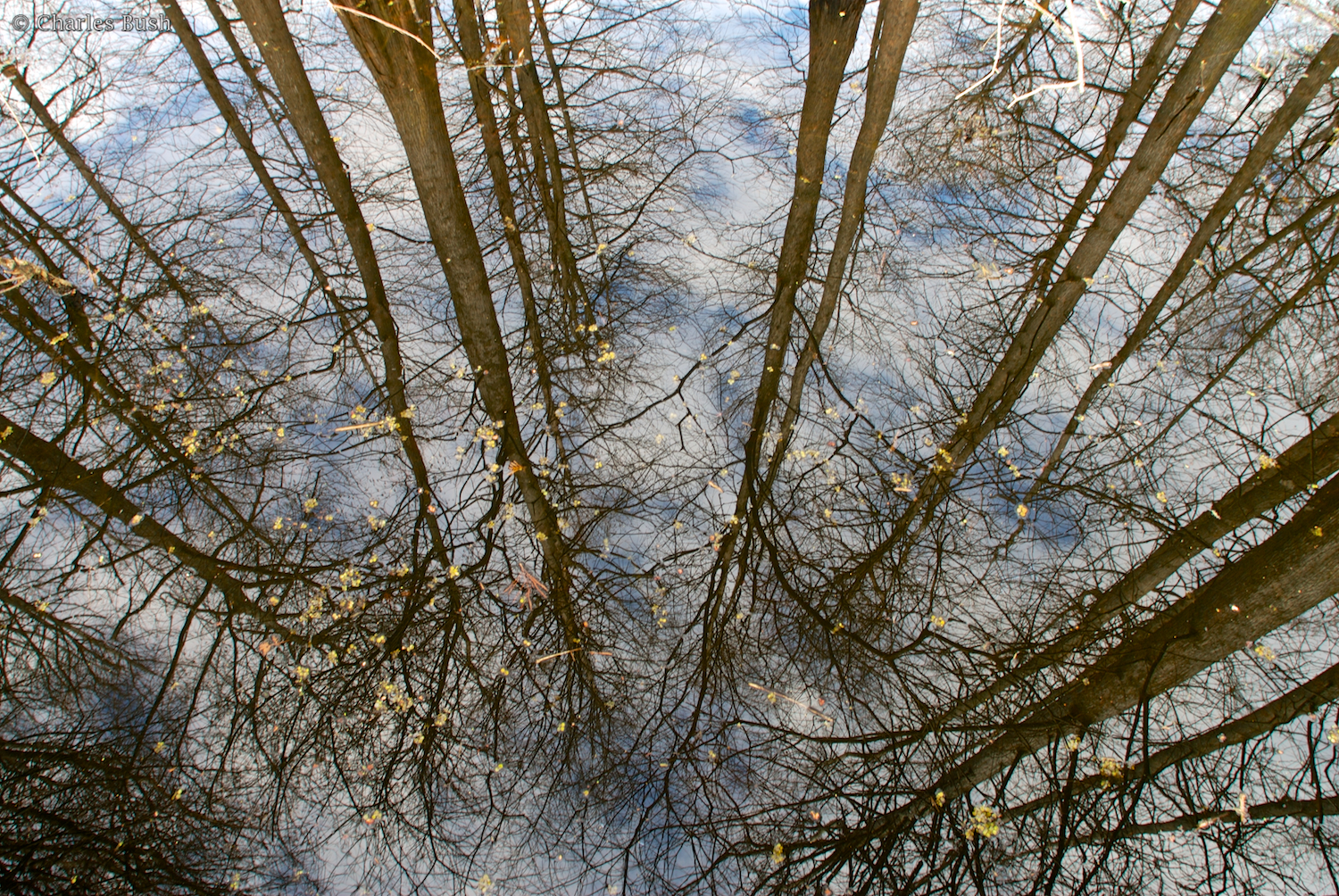
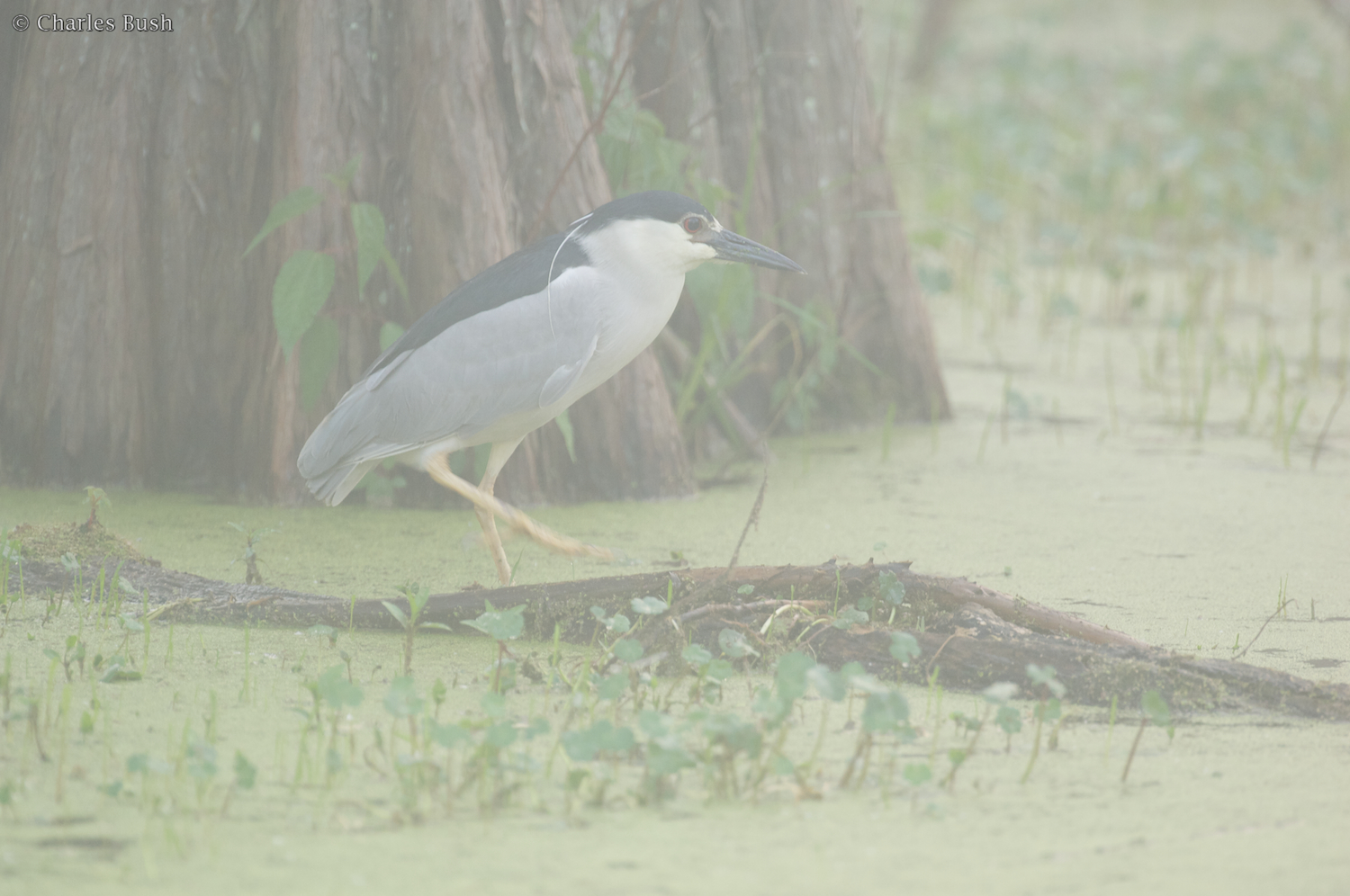

History
When I first moved back to Louisiana in 2001 I discovered the amazing Rookery at Lake Martin. There were literally thousands of nesting wading birds, including resplendent Roseate Spoonbills nesting within easy photo access of the road. from the Spring of 2002 through March of 2006, I spent hundreds of hours photographing the amazing scenes unfolding before my eyes. This was truly a world class place to photograph wading birds, particularly the Roseate Spoonbill.
That all abruptly ended in Late March of 2006. On the morning of March 26th, I received an email telling me that the majority of the birds had left. Having been there on the morning of the 24th and witnessing what appeared to be a better than typical nesting season, this came as a real shock. While it can't be proven, I believe that this was a man made tragedy.
In the last 7 years, many of the nesting birds have returned. Unfortunately none are are nesting within easy photo range. While in the early spring there are good opportunities to photograph the birds in flight retrieving sticks for their nest, the best opportunities are birds within the lake feeding and landscapes.
Current Photo Opportunities
Lake Martin is one of the best places to photograph owls. Barred owls are frequently seen along the road and from the new board walk early in the morning. Several times I have spent at least an hour following an owl from tree to tree as it caught crawfish from the water and returned to the tree to eat.
Lake Martin is also a good place to photograph smaller birds in the spring, such as the Prothonotary Warbler. While I haven't gotten any good shots of them, I've also seen Painted Buntings in Mid to Late April.
The lake is also a very good place to photograph irises. Mid April finds Irises in bloom along the edge of the lake and with some work you can make outstanding photographs.
Finally Lake Martin is a great place to photograph Cypress in the water. Although some of the best sites have been blocked by recent construction along the Lakes edge, good shots can be obtained along the road early in the morning One of the best spots in the state to capture sunsets is on the small peninsula along the boat launch.
Summary
While the loss of photographic access to nesting wading birds and to some of the better landscape locations due to construction, Lake Martin still offers significant opportunities to the nature photographer. A day at Lake Martin can provide great shots of native Louisiana wildlife and landscapes.
Update Late 2015
Unfortunately, 2015 saw a significant decline in wading birds over 2014. My hopes for a return of a great place to photograph nesting wading birds seems to be unwarrented and I'm focusing elsewhere. I've also not been able to photograph owls over the past several years and many of the best places to photograph landscapes have been obscured by development and no trespassing areas. Unfortunately I have also witnessed people removing many of the natural wild irises on the northern side of the lake, of course nearest the road where it's easiest to photograph. While still a good place to photograph natural Louisiana, it is no longer a great place.
Henderson - A Magical Swampland
Many people living in or visiting Southern Louisiana have driven 18 mile the stretch of the highway from Lafayette to Baton Rogue which is elevated over an immense wetland. The area below the highway is an incredible area of Cypress Trees growing in the water with an abundance of wildlife. This area, which I know as Henderson, from the name of the town on the West side of the area, has been one of the go to shooting sites for my tours for many years.
Many people living in or visiting Southern Louisiana have driven the 18 mile stretch of the highway from Lafayette to Baton Rouge which is elevated over an immense wetland. The area below the highway is an incredible area of Cypress Trees growing in the water with an abundance of wildlife. This area, which I know as Henderson, from the name of the town on the West side of the area, has been one of the go to shooting sites for my tours for many years.
Access
First obviously a boat is required. For my tours I use the folks at The Atchafalaya Experience, they know the area and have the right equipment to properly explore the area. The area can be accessed either from the commericial boat launches along the Levy in Henderson, or from the boat launch at the Atchafalaya Welcome Center near Butte LaRose.
Opportunities
Normally on the tours we launch from the Welcome Center and head west from the launch between the spans of interstate 10. Wonderful opportunities abound both South and North of the Interstate. Most often we visit Henderson in the morning and photograph landscapes first with the sunrise and for the first half hour or so. Then as we have more light, we run the canals in search of birds, usually an owl or two, yellow crowned night herons, etc. We have also gotten on ducks, bitterns, beaver, etc. The final hour or so is spent photographing Osprey on the nest, there are numerous nests, both South and North of I10, and the birds put on quite a show. For birders this is a wonderful place to view song birds particularly in the spring. While it's difficult to photograph song birds from a boat, many of the smaller birds can be seen. We've seen Indigo Buntings, Pileated Wood Peckers, and Prothonotary Warblers. There are also Alligators, Snakes, Beaver, and Nutria. With the abundance of opportunities, rare is the visit that doesn't allow a photographer to create incredible images.
Fall
The Cypress in the late Fall turns a beautiful rust color. Providing a strong contrast against a dark blue sky. We also frequently encounter foggy conditions in the fall, allowing a photographer to create almost etherial images. This is truly a magical time in the swamp.
This area is one of the best places to see the beauty of the state of Louisiana and get a close up view of our beautiful wetlands. If you are in the area, make it a point to see this wonderland.
Techniques and Tips for Photographing from a Boat
Living in Southern Louisiana, we are surrounded by water. Over 40 percent of the wetlands in the lower 48 states are within Louisiana. The crown jewel of Louisiana Wetlands is the Atchafalaya Basin. The Atchafalaya Basin is North America's largest swamp and has an abundance of wildlife. With all this water, a nature photographer in Southern Louisiana will at some point spend time photographing from a boat.
Photographing from a Boat
Living in Southern Louisiana, we are surrounded by water. Over 40 percent of the wetlands in the lower 48 states are within Louisiana. The crown jewel of Louisiana Wetlands is the Atchafalaya Basin. The Atchafalaya Basin is North America's largest swamp and has an abundance of wildlife. With all this water, a nature photographer in Southern Louisiana will at some point spend time photographing from a boat.
On my photo tours, we spend a lot of time on boats and to get the most out my tours it is important to know how to shoot from boats.
Besides the fact that many of the best photo locations are only accessible by boat, when photographing wildlife, it is often possible to get much closer in a boat without invoking the fright or flight response. In a boat we are typically much lower and don't look as large or frightening as when standing. We also frequently camouflage the boats to further disguise the human form.
However there disadvantages as well. The largest disadvantage is the lack of a stable platform. Motion caused by wave action makes making sharp images challenging. Closely related to this is the fact that due to rocking motion of a boat it is often difficult to maintain a straight horizon.
Another disadvantage is space limitations. Many of the locations we photograph in are only accessible by skiffs powered by outboards or betting yet air cooled "mud boat" motors. The Gatortail "mud boats" used by the folks at Atchafalaya Experience, can only comfortably accomodate three photographers with limited space for camera equipment.
Finally one must not overlook the risk of getting your equipment wet, either from rain you can not escape, or water splashing into the boat.
Getting sharp images
While it's possible to use a tripod on a boat, I rarely do, setting a tripod on the deck of a boat transmits all the movement directly from the deck to the camera through the tripod. When hand holding the camera your body acts as a shock absorber and is able to correct somewhat for the motion of the boat. Here are some tips to help get the sharpest images:
Use your body like a tripod. Cradle the lens under your left hand, grip it with your right. Keep your arms to your side and if possible rest your elbows on your knees.
Carefully squeeze the shutter button, think about walking on egg shells when you do it. Minimize any potential movement in the process of firing the camera.
Maximize your shutter speed. Think about the least amount of depth of field you can get away with and set your aperture to as wide a setting as possible. Increase your iso sensitivity to the practical limit on your camera. Newer cameras give great results even at iso 1600, this is a time to use the higher sensitivity and use noise reduction in post processing to deal with the higher noise.
Use Image Stabilized lenses at slower shutter speeds. However at shutter speeds above about 1/500th it usually won't be of much help.
If all else fails, think of creating intentionally motion blurred shots.
Dealing with space issues
When shooting from a boat I like to travel light. Usually I have two bodies, a wide angle lens, a med-range zoom, and a moderate telephoto. Using a long telephoto on a boat is usually unnecessary and very difficult to do. Since you can usually get much closer than shooting on land, it is very seldom you would need one anyway. Dealing with a lot of equipment on a boat simply leads to a high degree of frustration and a lot of missed opportunities.
Keeping organized on the boat and getting to what you need quickly makes the difference in getting the shot.
This is another reason not to use a tripod. Setting up a tripod takes a lot of space and if there are other photographers on the boat it limits what you can shoot, because they're always in the way and usually you're in their way as well.
If you must use a camera support, consider using a monopod instead of a tripod. While you still will be dealing with vibration and movement issues, at least you'll take a smaller footprint wish will be easier for you and the other photographers to deal with.
Dealing with the elements
A small waterproof case is a very good idea. Last year I had a couple of cases where water washed over the boat and got onto my equipment, no damage, but a good warning.
Carry a couple of very good pancho's. On our tours, the folks at Atchafalaya Experience are equipped with large military pancho's, on several trips we got caught in serious rain and the panchos kept us and our equipment dry.
Head for shore at any hint at a thunderstorm. A small boat on the water is quite a target for lightning. Don't chance it.
Carry a few black trash bags. I've often shot in the rain with a trash bag keeping the equipment dry.
Remember when you're on the water it feels a lot colder, high humidity and wind from the moving boat equals a low wind chill temperature. Even in the fifties dress in layers with a good Gortex shell as the outer garment. For my December tours, thermal underwear is essential on the boats.
Use professionals for running the boats
I use Atchafalaya Experience for my tours for the following reasons:
They have the right boats for the job. They have many boats and depending upon the shoot one may have an advantage over another. If we need to get in tight places they have the gator tails that will go almost anywhere, if it's going to be cold or may rain, they have a cabin boat (very good if you need to shoot high by the way). If we need a bit more stability or have a few more people, they have crawfish skiffs.
They know the area, they're out there all the time and know the subjects and where to find them. Many of the places we go to are well off the beaten path, knowing the area is essential, you really don't want to get lost.
They've worked with me long enough to know where I want the boat in relationship to the light and wind. It's to the point we don't even need to communicate that, they just know where we need to be.
They know how to get the boat as stable as possible.
If you're planning to shoot from a boat spend the time to search out the best service you can, it can make all the difference. I don't own a boat and really don't want to, there's a lot to it and I have enough to do with the photography.
So to summarize:
Don't use a tripod unless absolutely necessary. If you must use a camera support consider a monopod. Use good telephoto lens techniques and high shutter speeds.
Use Image Stabilized or Vibration Reduction equipment if you have it.
Prepare for adverse weather, waterproof case, panchos, and plastic trash bags.
Use a professional service that knows where you're shooting and how to work with photographers.
Don't take a chance with lightning, at any hint of a thunderstorm, go back to the dock as soon as possible.
Pack light, take only what you know you will use, not everything you have.
Leave your long lens behind, it will just get in the way and you rarely will need it. I've only used my 600 mm lens twice on the boats and was very disappointed with the results. Trying to aim a 600 mm lens with everything moving is an exercise in futility.
Remember it feels colder over the water, even with temperatures in the fifties, dress in layers and plan for temperatures at least 10 degrees cooler than air temperature.



